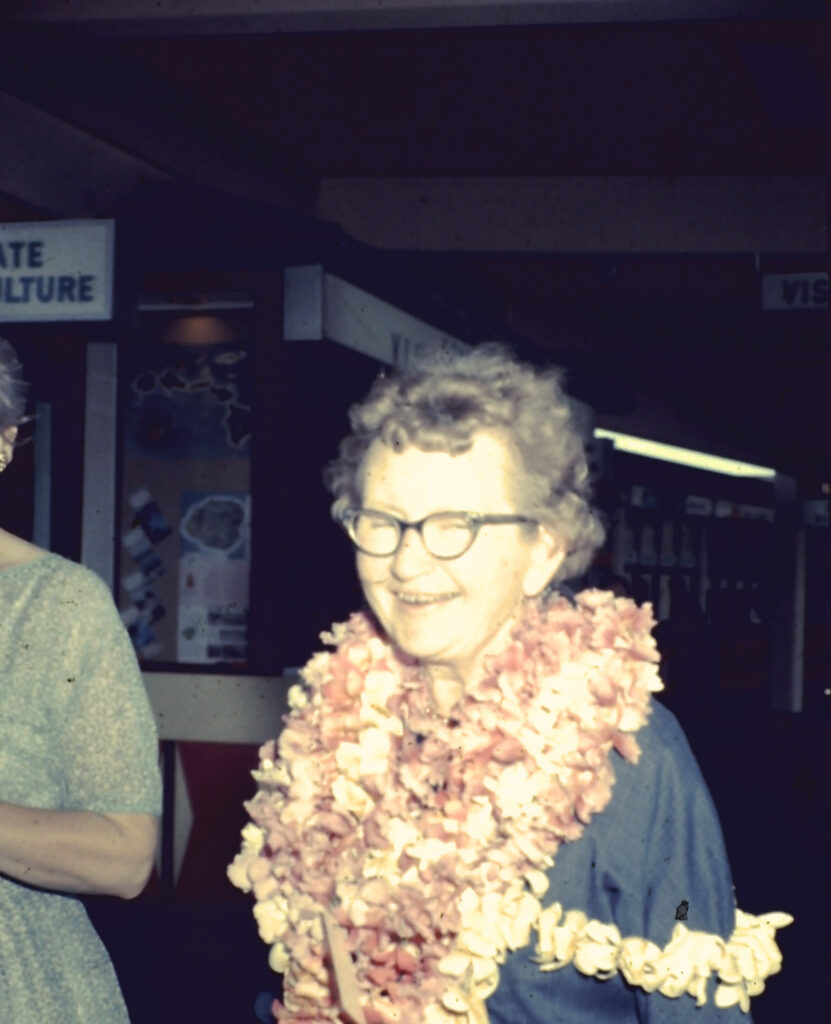
An avid naturalist and world traveler, Dr. Charlotte Dawley, former Associate Professor of Biology at Woman’s College of University of North Carolina (now UNCG), took full advantage of her summer breaks from teaching general biology, mammalian anatomy, comparative anatomy, and the natural history of vertebrates. Whether on a trip to Churchill, Manitoba on Hudson Bay to photograph flowers and birds of the subarctic or to work on the shell collections of the Museum of Natural History at the University of Minnesota, Dawley was captivated by the natural world and seemed committed to seeing all of it. Though her intentions were likely exploration and pleasure traveling, her travel journals are more like lists of empirical observations refreshingly absent of interpretation or conclusions (mostly anyway).
Charlotte Webster Dawley (b. 1902- d.1990), a native of St. Paul, Minnesota, earned an A.B.1 in Biology from Carleton College in 1924 and an M.S. from Washington University in St. Louis in 1927. She continued her educational pursuits over the next several years and was awarded a Ph.D. in 1944 from the University of Minnesota. Also in 1944, after teaching for a year at Florida State College for Women and fifteen years as head of the Biology Department at Hibbing Junior College in Minnesota, Dr. Dawley joined the faculty of the Biology Department at Woman’s College. Despite her starting salary of $2300 per year (equivalent to a little over $38,000 in 2022), she took every opportunity to travel far and wide.

(Both images: Charlotte Dawley)
Among her collection, Charlotte Dawley Papers, in the Martha Blakeney Hodges Special Collections and University Archives, are photographic slides of her many trips abroad as well as travel journals describing the details of each journey and the flora and fauna observed, including observations of her traveling companions! On a 1977 trip to West Virginia for birdwatching, she noted about her roommate, “…couldn’t be flat because cardiac valve doesn’t close. Ate [breakfast] and supper in room. Pennsylvania Dutch, 48 yrs. old, much traveled, school librarian.” And about a family traveling with her, “Peter drove the van, is head of legal dept. of Smithsonian, interested in trees, bought land in Pawpaw, W.Va. Kathryn knitted squares, ate nutrition supplements and fruit and yoghurt (sic), had long hair. Little Peter – life of party.” From beginning to end, Charlotte Dawley was a researcher with keen interest in documenting her environment either with her camera or through copious notes in her travel journals.
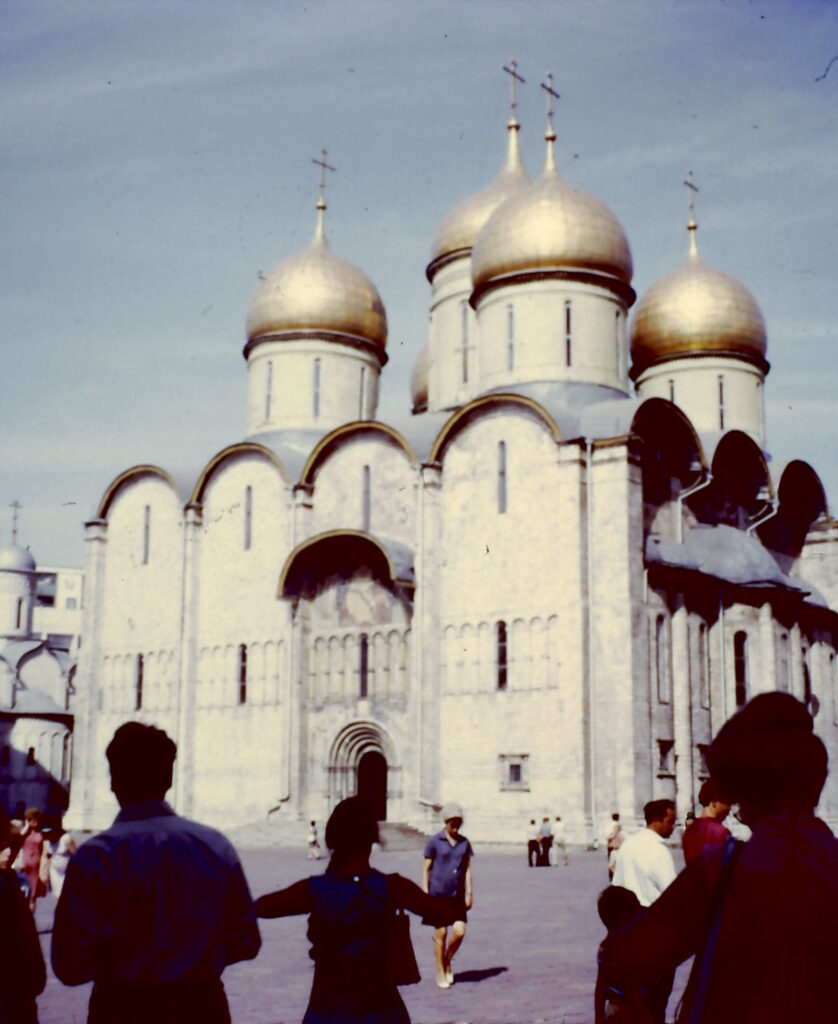
Dawley visited the United Kingdom, Scandinavia, Europe, Hawaii, Alaska, Mexico, Cambodia, Hong Kong, Sri Lanka, Japan, Singapore, Bali, Thailand, Egypt, Lebanon, Nepal, Greece, Russia and many other areas of the world. Always the observer and one step removed from the action, Dawley describes her 1972 tour of Scandinavia and the former Soviet Union, “Wed. Aug. 23. Breakfast – complaints surface about buttermilk (or yogurt), having to walk around to restaurant, lack of ice, etc. Trip to Kremlin. Beautiful and interesting. Church of the Assumption [also known as the Cathedral of the Dormition]. Go thru 2 churches full of ikons…” [sic]. Due to her often pragmatic descriptions, it is unclear what she thought about her American traveling companions exhibiting their entitlement when there was no ice to be had and they had to walk to the restaurant.
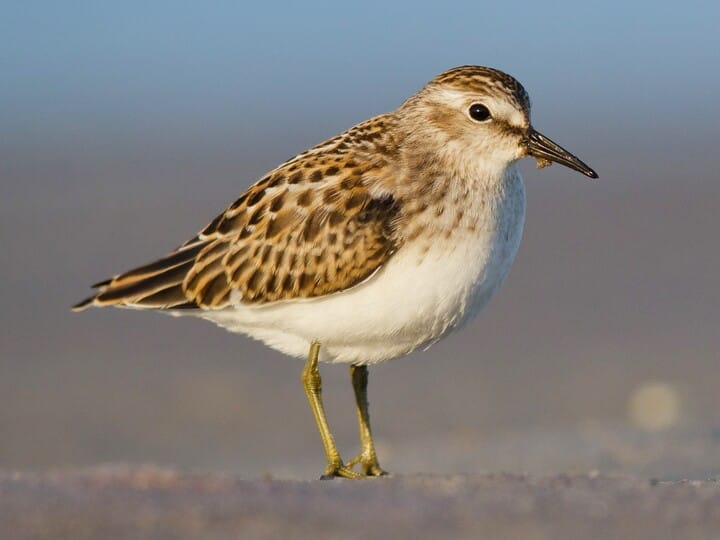
Throughout her travel journals, Dawley often detailed cultural differences, unfamiliar foods, and new experiences. For example, on her 1955 trip to Hudson Bay, she described and photographed Indigenous people harvesting and carrying seal skins. A few days later, attentively observing her environment, she noted, “During lunch see and hear white-crowned sparrow. Our most unusual find was a pair of Harris’s sparrows singing in a spruce… Arctic terns pursue raven. Another pair of lesser yellowlegs protest our presence from top of spruces.” Exhibiting the careful attention and fascination of a consummate birdwatcher, a couple of days later she wrote, “I discover a least sandpiper which flies into top of small spruce just like yellowlegs. It has 4 tiny chicks, just balls of down, which run around. It is the light green legs that identify it as a least sandpiper.” Examining her journals, the reader is often left wondering what it was like for her to have these experiences–very little of Dawley’s inner life can be deduced from her writings. The enchantment with the physical world can be inferred from her notes, but what did she think and feel about what she observed? What did she think about the seal skin harvest and the Indigenous group’s connection to their land? Was she reminding herself how to identify a least sandpiper or was that information she wanted to remember to share with future students?
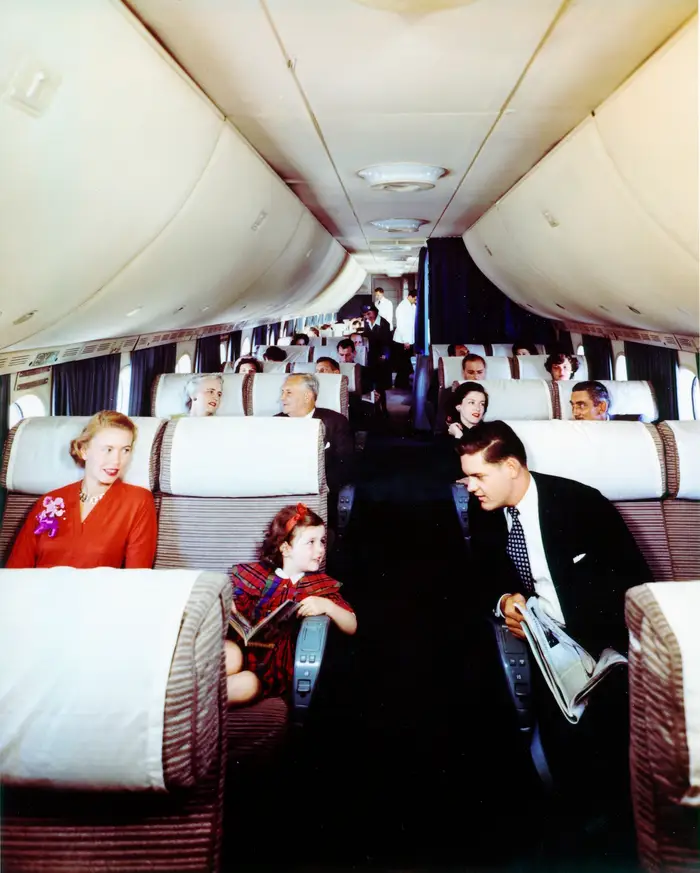
Women had of course been somewhat commonly traveling independently for a century or more when Dawley, a single woman, began her travel adventures in the 1950s. Mid-twentieth century travel was considered “the golden age of travel”.2 Women wore dresses or skirts and men wore suits and ties. Meals on flights were served on china plates and with silverware, and food was expected to be of excellent quality. Flight attendants were selected for their looks and size rather than for their intellectual or physical abilities. Airplanes often featured lounge areas and much more leg room in general–golden age indeed!
It was typical for single, unaccompanied women to travel with tours rather than striking out on their own. Dawley was often placed in a hotel room with another single woman traveling with the tour, whether they were previously acquainted or not. As for official government policy, United States Passports “predate the Declaration of Independence, but the documents were issued on an ad hoc basis until the late 1800s, when the process began to standardize. By then, a single woman was issued a passport in her own name, but a married woman was only listed as an anonymous add-on to her husband’s document: “Mr. John Doe and wife.” In 1937, married women were finally allowed to obtain passports in their own names. Passports were not yet a requirement for every country, but they would allow for some protection from traveler’s own government should they encounter a problem while abroad.3
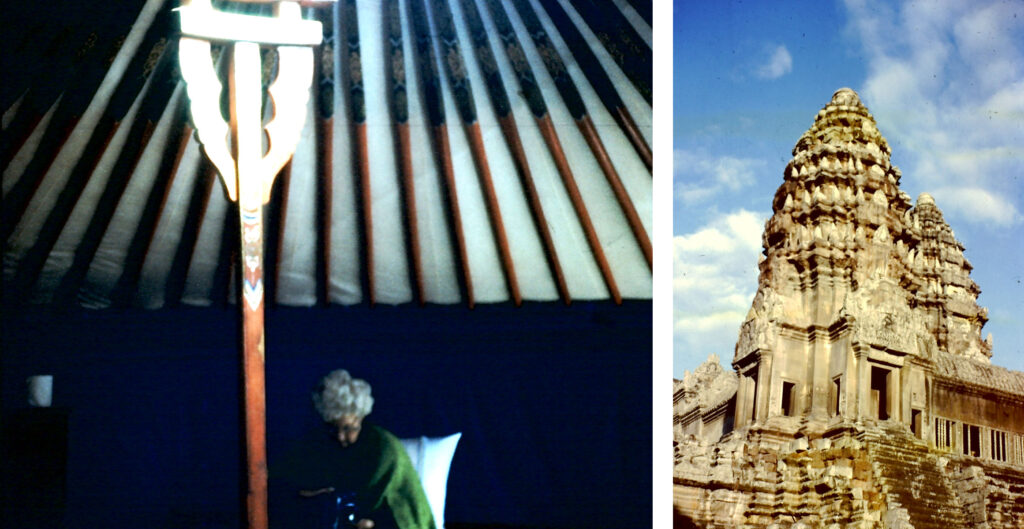
Despite common conventions, Dawley certainly did not allow common practice or official policy to dictate her itinerary. While many tours went to Europe, Canada, or Mexico, Dawley often opted to take the “road less traveled”.4 On a trip to the Gobi Desert in Mongolia, Dawley described sleeping in a yurt, “Woman with big smile comes to make fire in our stove. Morning trip is… to a camel breeding station… Camels are beautiful and well-kept and several people have a little ride on one of them. We are invited into a yurt and served bowls of kumis (sour milk) and square fried pieces… we drive to the sand desert where there are sand dunes, which Susan climbs…”.
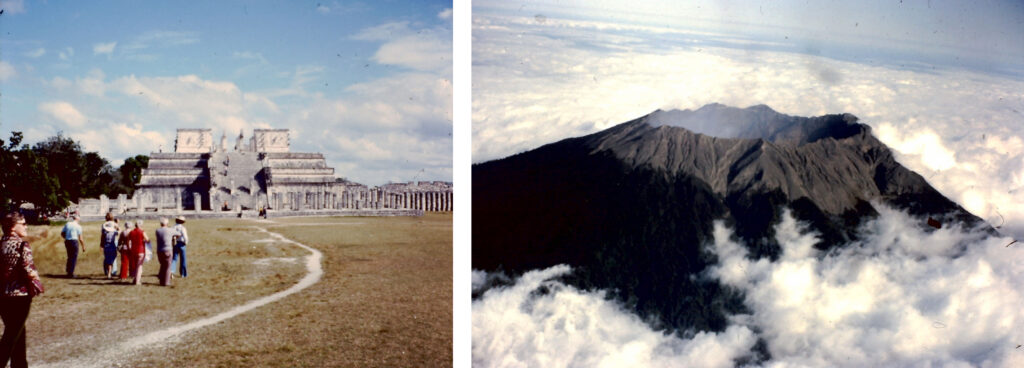
In between her journeys abroad, and concurrent with her teaching, Dawley was very active in her field. She was vice president of the North Carolina Academy of Science; a founding advisor of Collegiate Academy of North Carolina; a member of the Limnological5 Society, American Malacological6 Union, and Piedmont Bird Club; and, she was faculty sponsor of Beta Beta Beta, an honorary biological group for undergraduate students, which she helped bring to Woman’s College. In 1951, she wrote an article about the inception of the group for Bios Journal. She noted that a small group of students and faculty attended a regional conference in South Carolina. Describing the impact of the convention on her students, she wrote, “Meeting other members of Tri Beta, finding out what they did, and listening to the reports of their research was an enlightening experience, and we came home with new enthusiasm and a clearer idea of what a chapter of Beta Beta Beta could mean to us at the Woman’s College.”7 As noted, Dawley rarely expressed any emotion in her writings, and that was also true in her article for Bios Journal–“just the facts ma’am”8–but her dedication to supporting young women in their pursuit of an education in biology was just as evident as her fervor for the natural world in her clinical documentation of her travels–what she saw, whom she met, and what she learned.
To learn more about Dr. Charlotte Dawley and her travels, please visit the Martha Blakeney Hodges Special Collections and University Archives at UNC Greensboro.
By Suzanne Helms
1A.B. is the abbreviation of “artium baccalaureus,” Latin for Bachelor of Arts.
2Pantazi, C. (2017, April 4). “Vintage Photos Show How Glamorous Flying Was in the 1950s.” Business Insider.
3Knisely, S. (2017, March 27). “The 1920s Women Who Fought for the Right to Travel Under Their Own Names.” Atlas Obscura.
4Paraphrase of a line in Robert Frost’s 1920 poem “The Road Not Taken”.
5The study of inland aquatic ecosystems
6The study of mollusks
7Dawley, C. (1951). “The Woman’s College of the University of North Carolina and the Installation of the Beta Gamma Chapter”. Bios, Vol. 22, No. 3, pp. 211-214.
8A phrase often associated with Sgt. Joe Friday on the late 1960s television show Dragnet, though the character never used that exact phrase. In fact, a parody of Dragnet featuring actor Dan Aykroyd originated the phrase by combining two similar phrases often used by Friday.
2 replies on “International Travel Through an Ethnographic Research Lens: Dr. Charlotte Dawley”
Thank you for this lovely article about my beloved great aunt Charlotte (just “Char” to me). Though she died when I was just 22, she was a great inspiration to me, both in her attention to the natural world and in her ability to simply be present. RIP.
Thank you so much for your comment, Dr. Metzgar! I enjoyed learning about your great aunt’s story and adventures. S. Helms